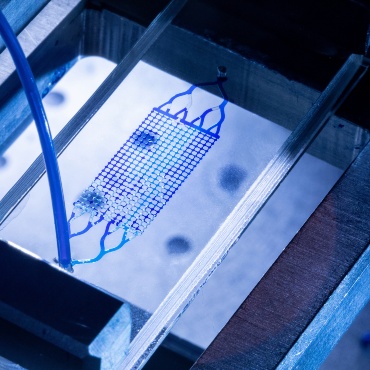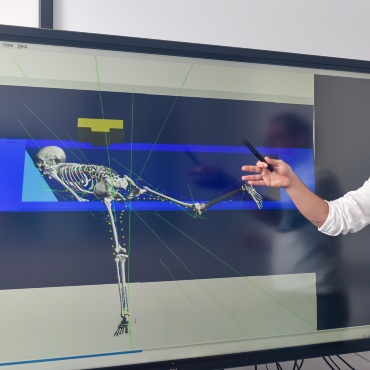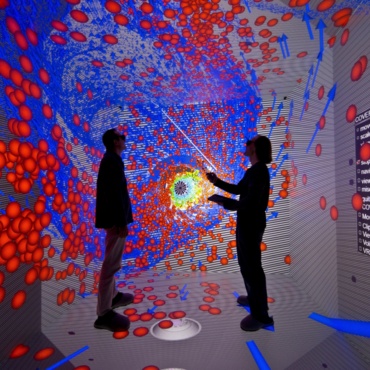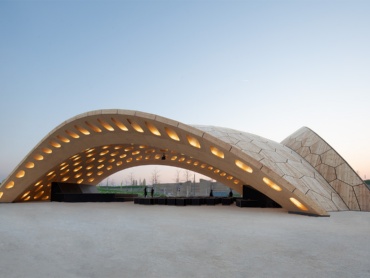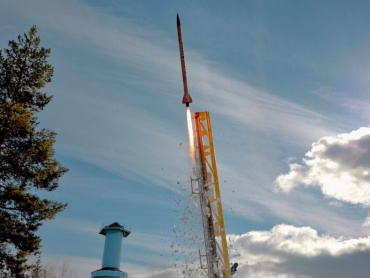
From crash tests to climate change: Simulations make it possible to get a little closer to complex reality and predict its behavior with the help of computer-based, dynamic models. Simulation science has therefore become an indispensable part of research and development in many different areas and makes a key contribution towards technological progress in our society.
The Simulation Science Profile Area at the University of Stuttgart is dedicated to further and new development as well as the systematic pooling of different methods and approaches to modeling and simulation. To this effect, simulation is not only a method, but the subject of research. Novel, data-driven approaches contribute to making simulations more efficient, predictions more accurate, and decisions more reliable in many scientific fields, for example in the environmental sector, in the development of new materials, or in medical science.
Interdisciplinary research
Originally, simulation research at the University of Stuttgart started in the engineering sciences and in mathematics. Today, the expertise of about 250 scientists from seven of the university’s faculties is pooled in the Profile Area. This allows the exploration of simulation techniques in their full disciplinary spectrum as well as the merging of different approaches and methods into an integrated simulation science. A new paradigm is now being sought with the systematic integration of data into this science. These data come from experiments, other simulations, and algorithms that the scientists developed during their work.
We are merging simulation science with data science to open up previously unknown territory in research and development.
Prof. Dr. Wolfgang Nowak, co-spokesperson for the Cluster of Excellence “Data-Integrated Simulation Science“
[Photos: Universität Stuttgart/ Uli Regenscheit, Universität Stuttgart/ Uli Regenscheit, o.A.]
The Cluster of Excellence “Data-Integrated Simulation Science (SimTech)”
The Cluster of Excellence EXC 2075 “Data-Integrated Simulation Science (SimTech)”, which is integrated into the Stuttgart Center for Simulation Science (SC SimTech), is facing a large variety of novel research tasks and is concerned with the relevance of insights and knowledge that can be gained from the wealth of data from sensors, digitized collections, experiments, and simulations. The long-term research objective is the systematic integration of information from different data types into the modeling-simulation-analysis cycle.
This is intended to
- provide a more profound understanding of simulations,
- make predictions that are more accurate, and
- help make reliable decisions.
Study
- Our study programs in the field of simulation technology
Bachelor and master
Excellent conditions for research, studies and cooperation
You might also be interested in
[Photos: ICD/ITKE/University of Stuttgart, HyEnD / University of Stuttgart]
Contact

Miriam Schulte
Prof. Dr. rer. nat. habil.Head of Institute
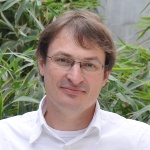
Holger Steeb
Prof. Dr.-Ing.Institute Director
[Image: Holger Steeb]


